The best lenses for the Nikon D3500: a perfect fit for this entry-level camera
These are the best lenses for your Nikon D3500, combining usefulness and value when you're ready to start expanding your system
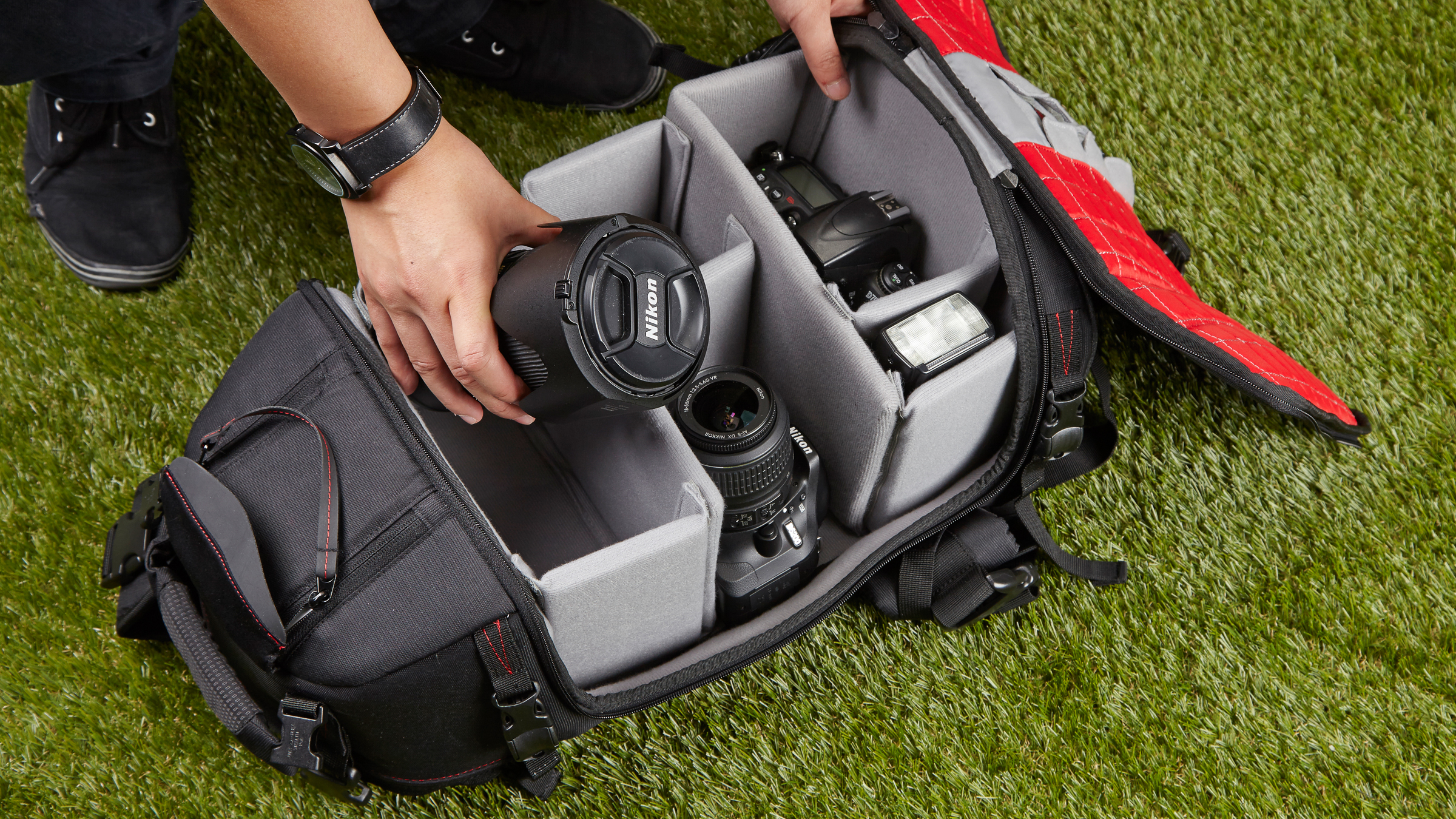
As one of the best cameras for beginners in recent years, the Nikon D3500 is my favorite entry-level Nikon DSLR body ever. Although production of this camera has now ceased, it still has everything a newcomer to this level of photography could want: multiple shooting modes; full HD movie recording; a useful rear LCD screen; tactile easy-to-reach buttons; and large 24.2MP stills capture. And another great thing is the sheer range of lenses you can still get for Nikon DSLRs.
Lenses can be expensive, of course, but in the spirit of the D3500 as a quality camera on a budget, I've taken the same approach to these lenses, picking ones that I know you'll find useful but at prices which give you a lot for your money.
I’ve rounded up the best lenses for the Nikon D3500, from ultra-wide zooms to telephoto zooms, with a penchant for quality and value for money. There’s a reason why so many Nikon-manufactured lenses appear on this list, it’s because Nikon is absolutely fantastic at creating lenses for its camera bodies. A long heritage in lens making is Nikon’s specialty so they're usually among the best. But there are some good third-party lenses too!

Jase Parnell-Brookes is an award-winning photographer, educator and writer based in the UK. They won the Gold Prize award in the Nikon Photo Contest 2018/19 and was named Digital Photographer of the Year in 2014. After completing their Masters, Jase has spent a good chunk of two decades studying and working in photography and optics. Jase is now the Channel Editor for Cameras and Skywatching at Space.com.
The Quick List
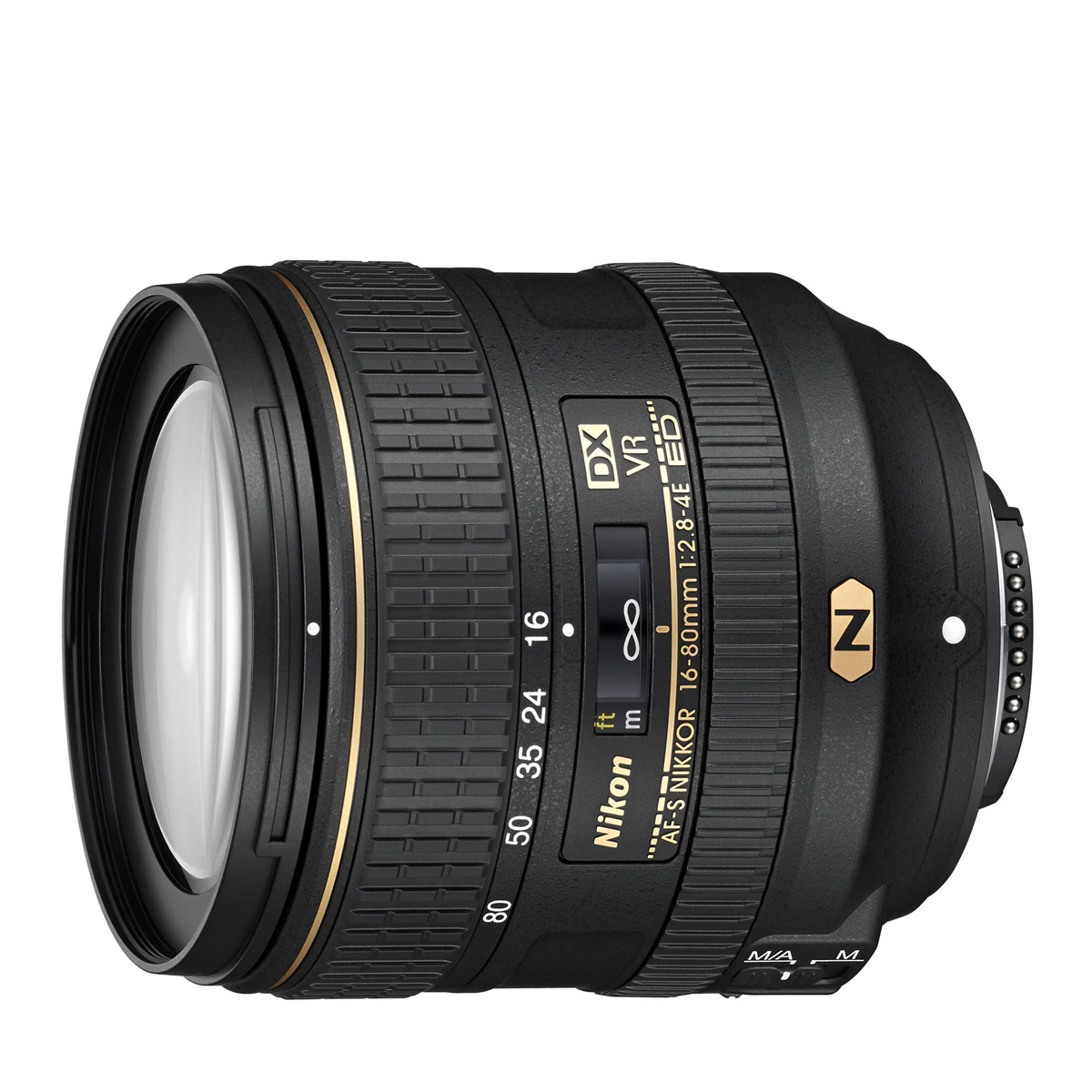
This standard zoom manages to deliver optical quality, nice handling and the convenience of a versatile zoom range.
Read more below…
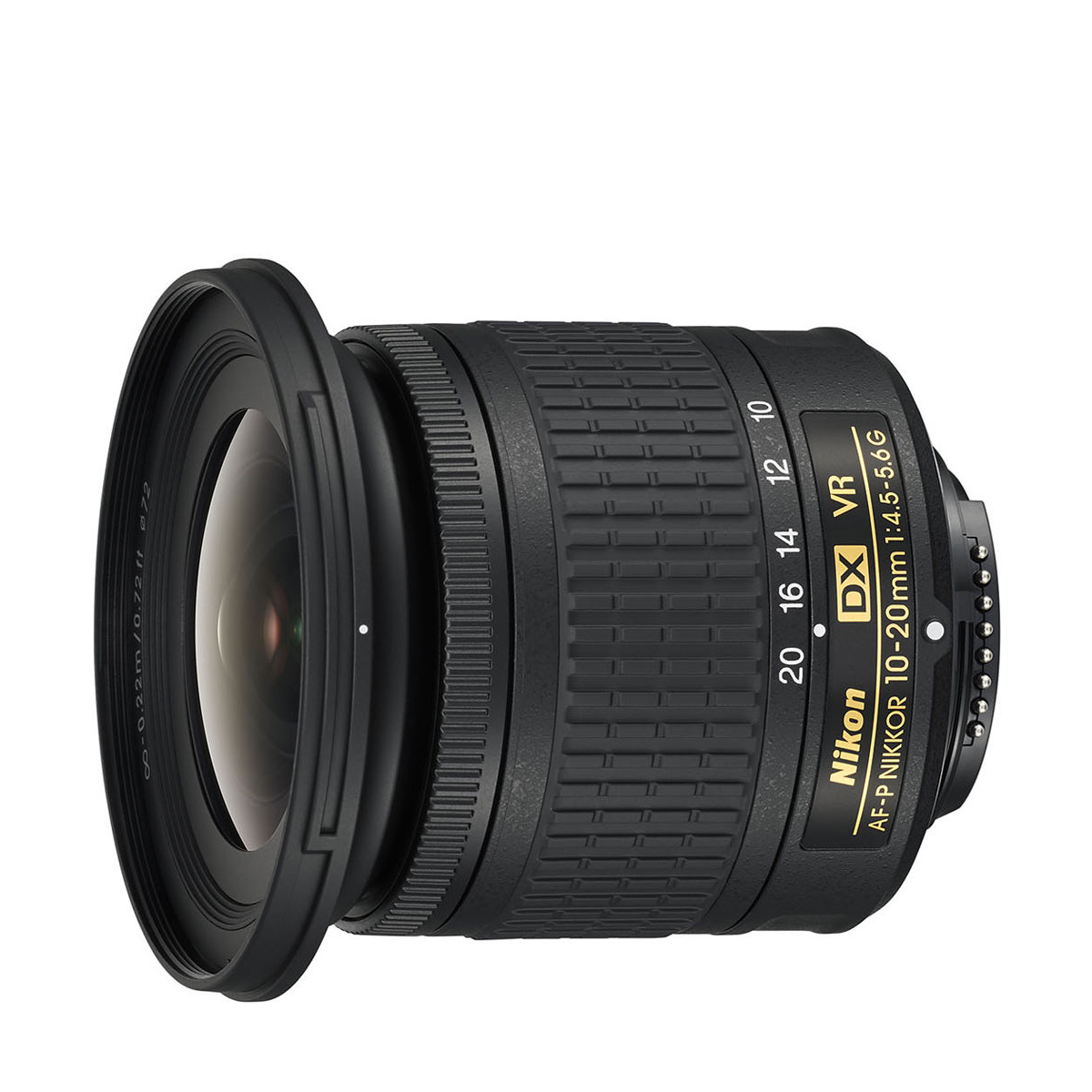
On the D3500, this offers the ideal focal length range for landscapes and interiors – and it’s pretty handy for video too.
Read more below…
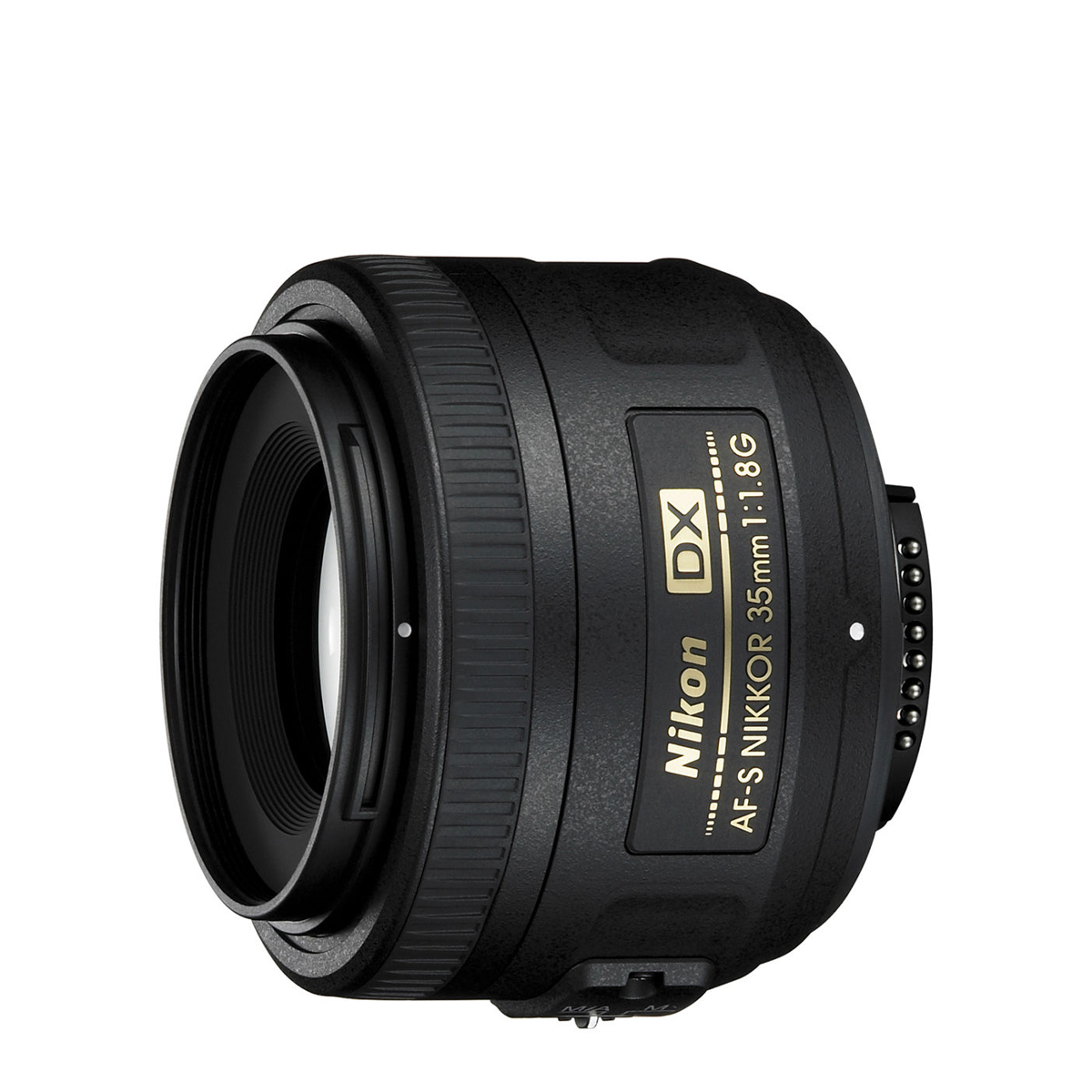
This small and light prime has a wide maximum aperture that brings an extra dimension to your general shooting.
Read more below…
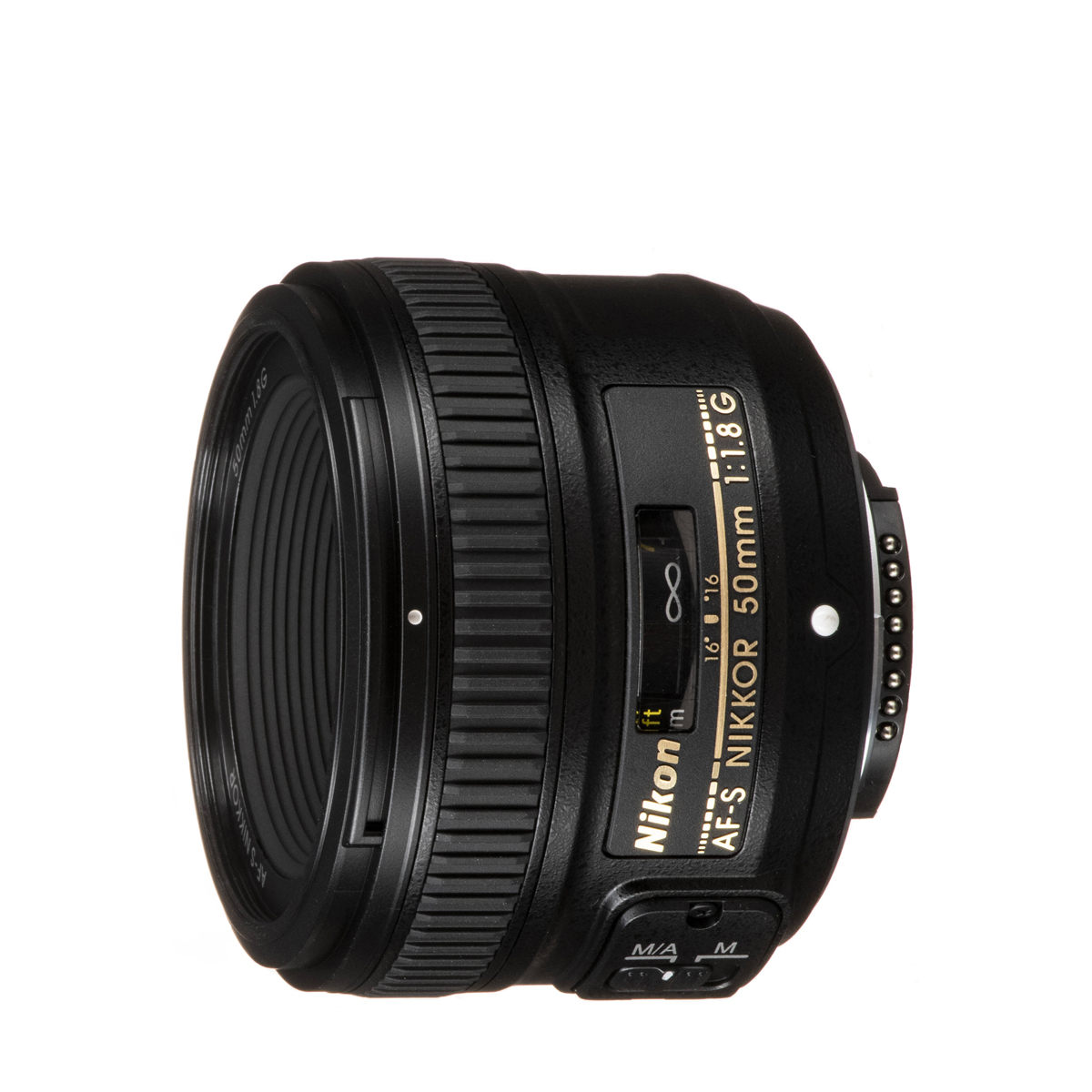
On the D3500, this prime has an angle of view that produces flattering portraits, and you can get pleasing bokeh effects too.
Read more below…
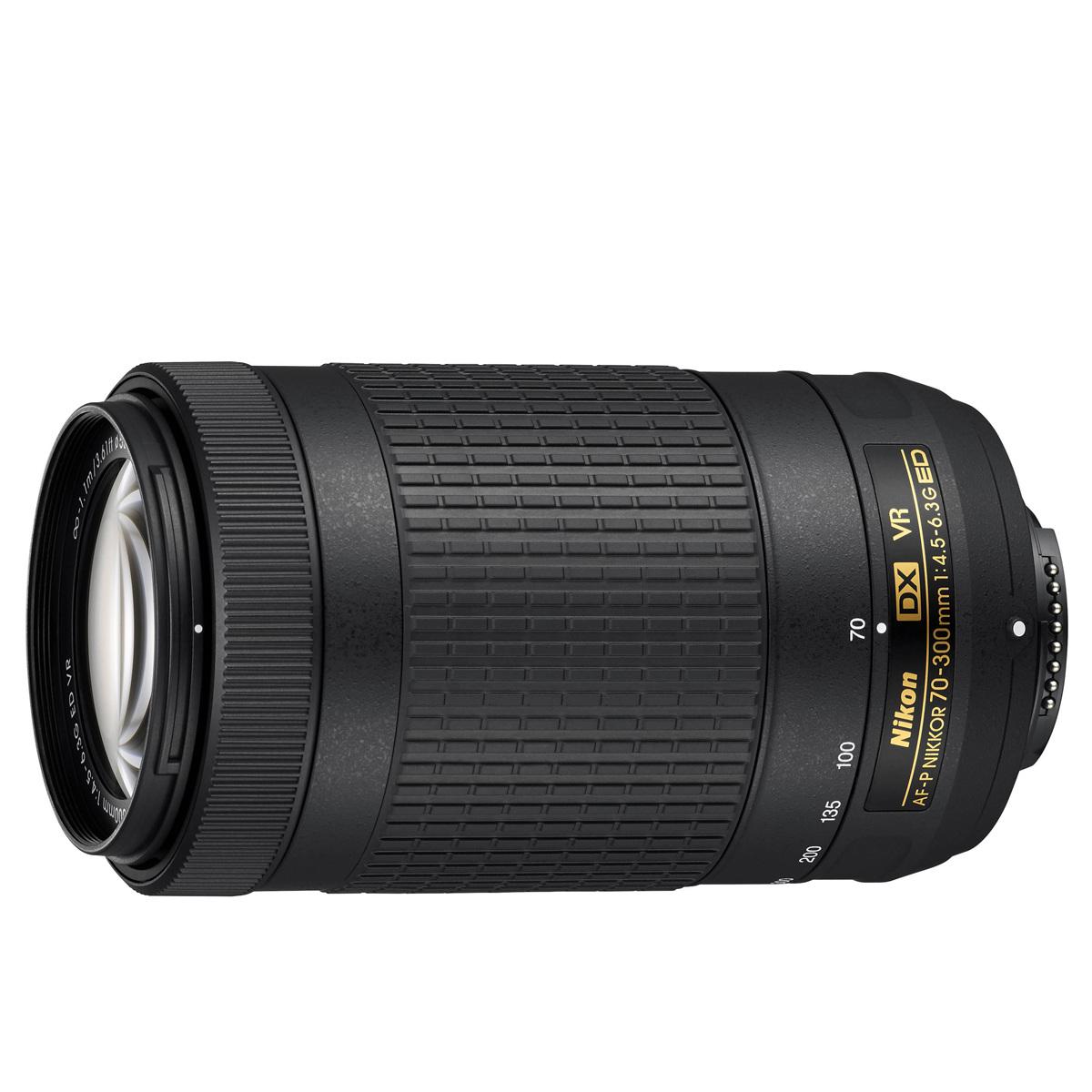
This telephoto combines the scaled-down size and weight you expect from a DX lens with great performance and handling.
Read more below…
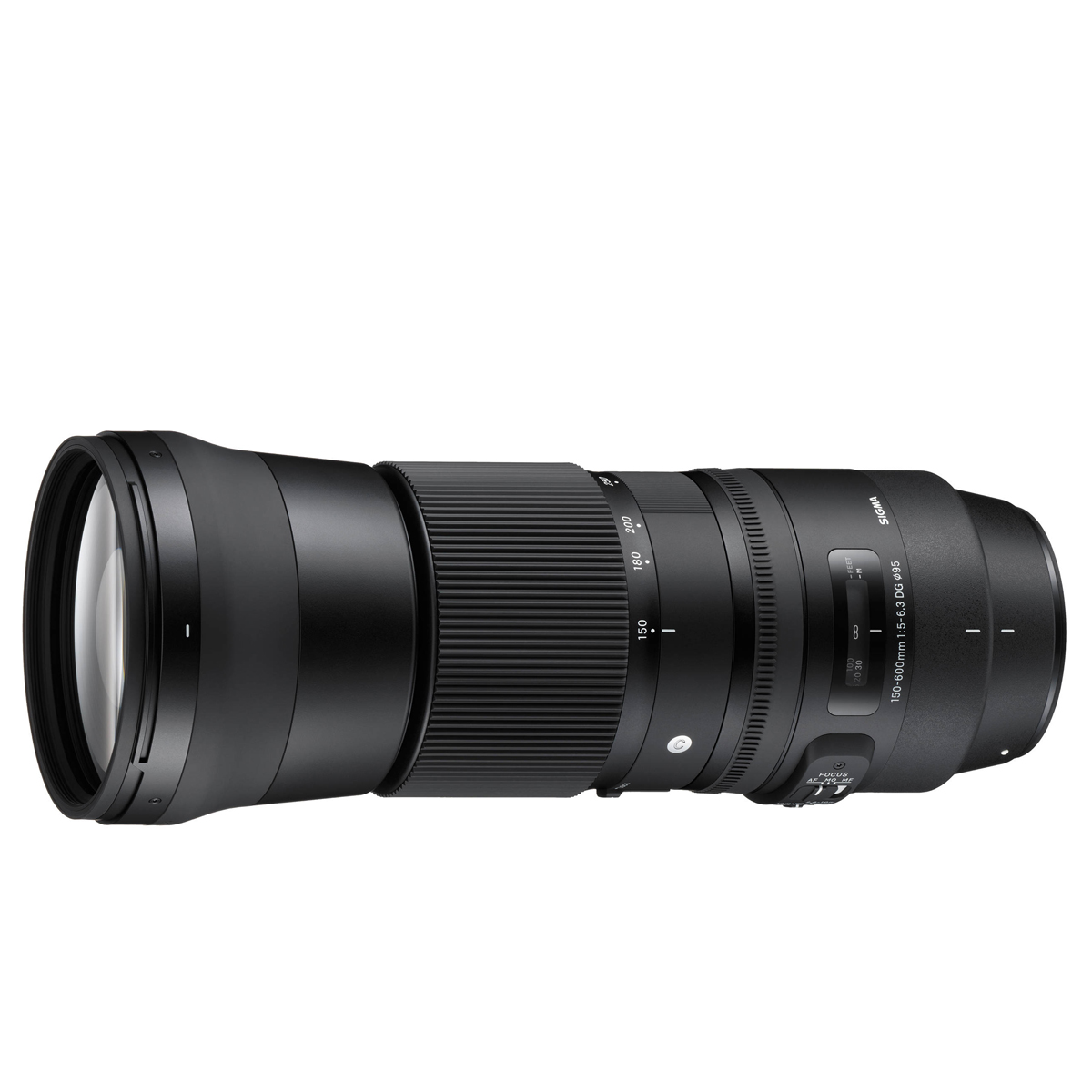
Add this zoom to a D3500 and you’ll get a staggering amount of reach for capturing distant subjects like birds.
Read more below…
View the full list ⤵
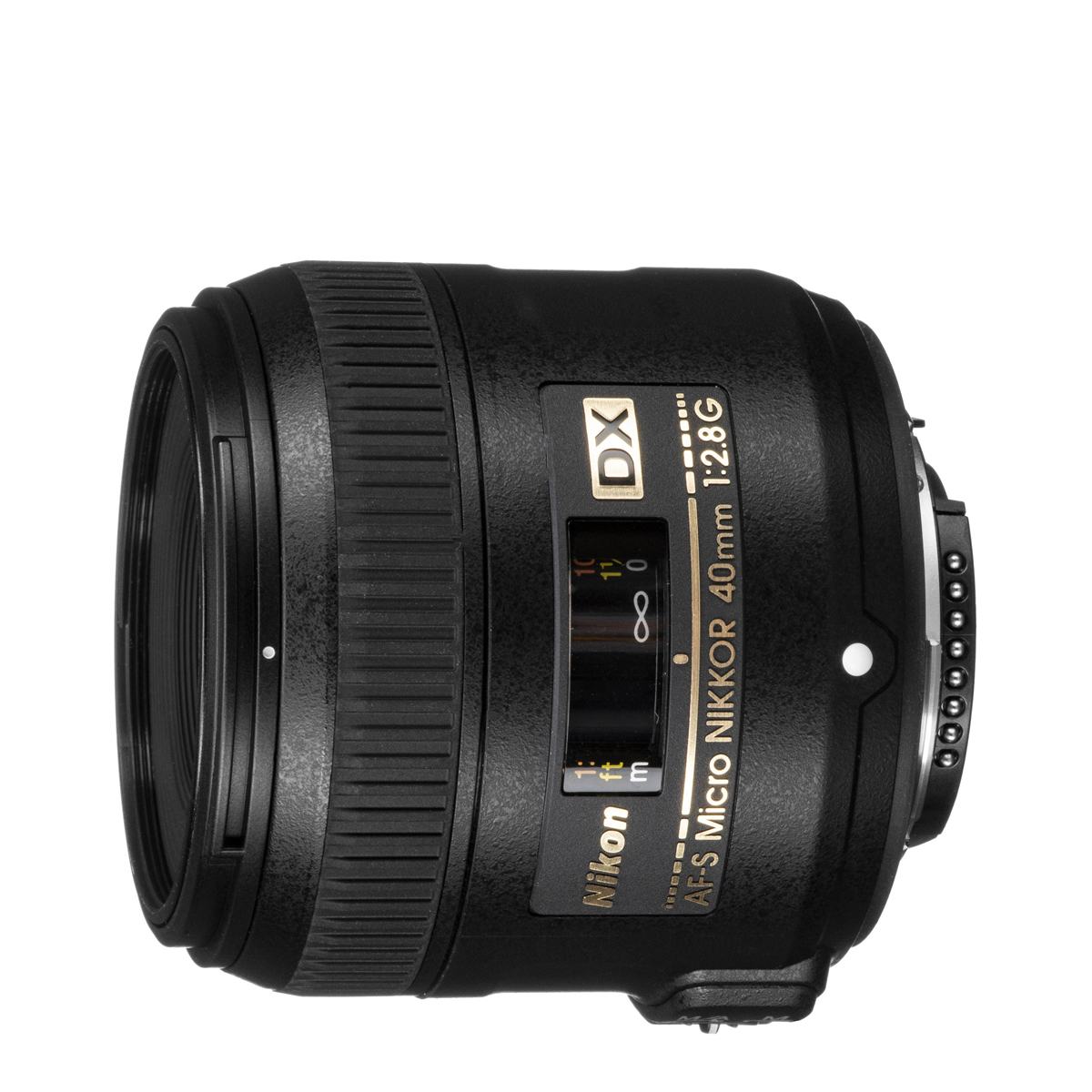
Achieve lifesize magnification in your close-up shots, as well as pleasing general shots the rest of the time.
Read more below…
Best lenses for Nikon D3500
Why you can trust Digital Camera World
Best everyday lens for the D3500
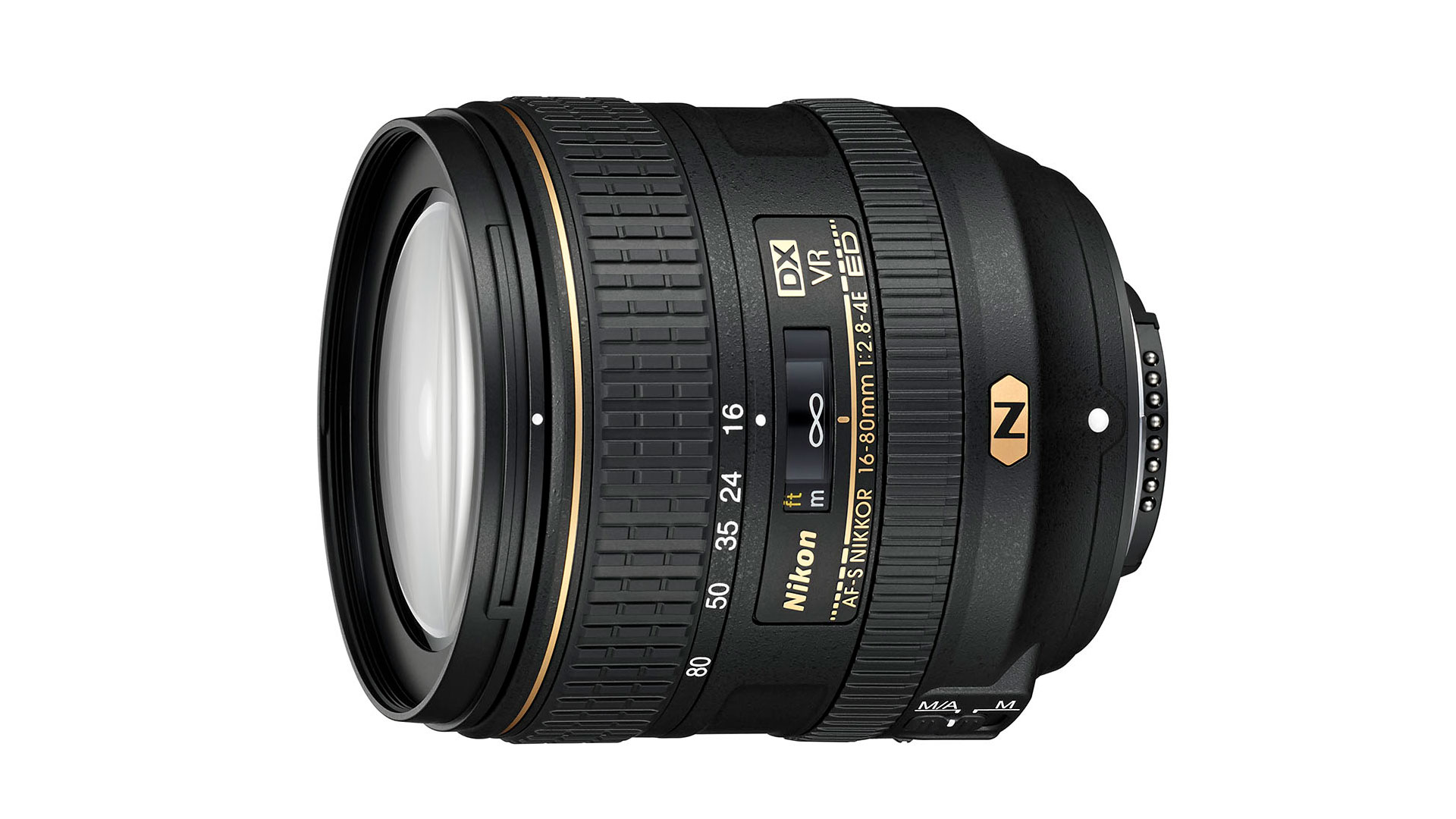
Specifications
Reasons to buy
Reasons to avoid
For those who just want an upgrade to their existing kit lens, the 16-80mm f/2.8-4 provides excellent zoom range and a boost in technology. To my mind, it's the best DX format standard zoom for DSLRs that Nikon has ever made. The only catch is that it's no longer in production, so you might have to buy second-hand if you can't find one new. Four stops of Vibration Reduction help to keep handheld shots sharp when shooting in low light. Photographs are kept sharp and clear with four ED glass elements and three aspherical lens elements. Sure, it’s a little more costly than other lenses on this list, but the added features, superior optics, and flexible focal length range means that you probably won’t need another lens to accompany it for most shoots.
A Nano Crystal Coat keeps flaring to a minimum and the Silent Wave Motor drives a fast, quiet autofocus system. Effectively a 24-120mm in disguise thanks to the 1.5x crop sensor on DX bodies, this is like a kit lens on steroids. Still small and lightweight, the enhanced features and improved optical clarity make this the perfect walkaround lens for homebodies and travel photographers alike.
Read more: Nikon AF-S DX 16-80mm f/2.8-4E ED VR review
Best wide-angle lens for the D3500
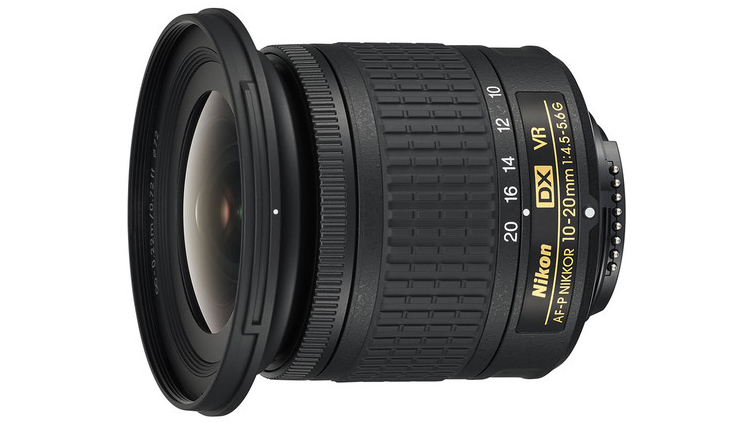
Specifications
Reasons to buy
Reasons to avoid
Compact and light, this zoom gives you an effective focal range of 15-30mm on the D3500, ideal for landscapes, interiors and architecture. Sharpness is excellent at the center of the image frame, although it does drop off noticeably toward the corners.
The lens has built-in VR (Vibration Reduction), with a 3.5-stop rating that goes a long way to reduce camera shake. The autofocus system uses a near-silent stepping motor, making this a viable option for capturing video.
Read more: Nikon AF-P DX 10-20mm f/4.5-5.6G VR review
Best standard prime lens for the D3500
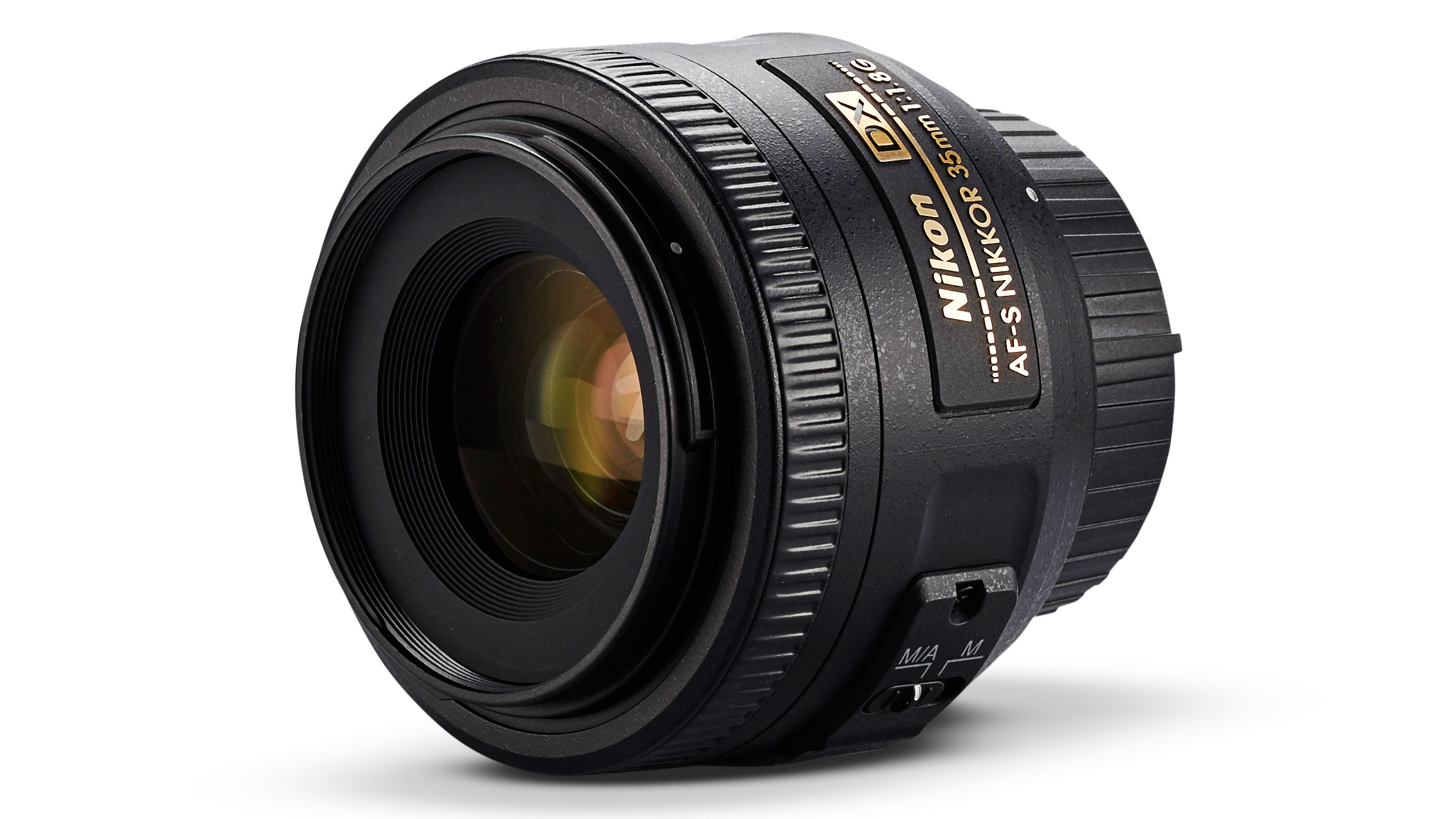
Specifications
Reasons to buy
Reasons to avoid
As a DX lens, this Nikon prime is designed specifically for the D3500 and other APS-C-sensored cameras. The effective focal length is 52.5mm, making this much closer to the standard ‘nifty fifty’ 50mm lens that used to be sold as standard with 35mm film SLRs in the old days. As a crop-factor lens, it is also smaller than average, so it’s an unobtrusive addition to your camera bag for when you need the wide f/1.8 maximum aperture that a zoom can't provide.
In our testing, we found sharpness was retained throughout the image frame when we shot between f/2.8 and f/8, although some detail was lost outside of this middle range.
Read more: Nikon AF-S DX 35mm f/1.8G review
Best portrait lens for the D3500
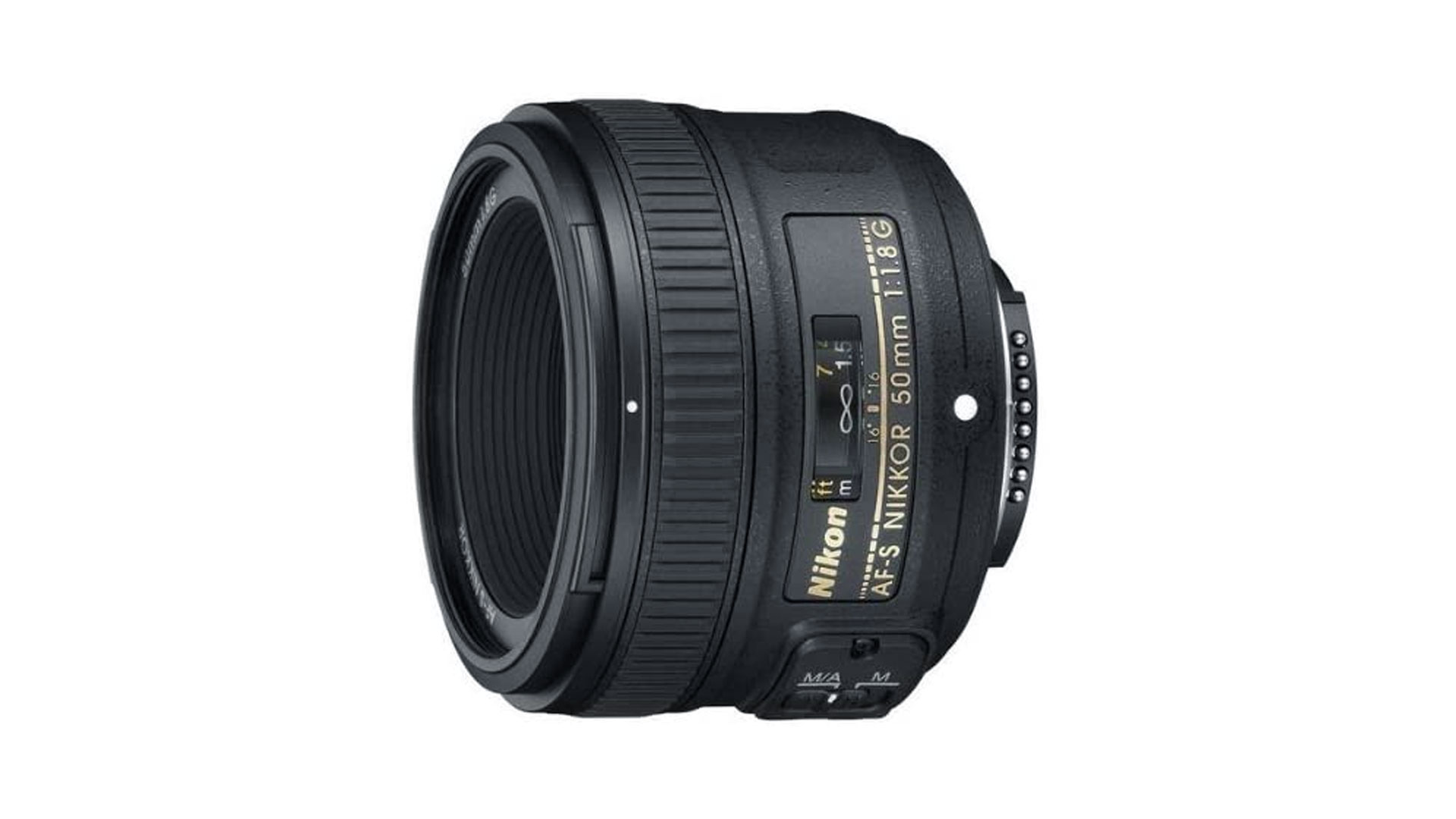
Specifications
Reasons to buy
Reasons to avoid
When you fit this prime lens to a D3500, the camera sensor’s crop factor means the lens’s effective focal length is 75mm, which delivers an angle of view many view as ideal for subjects like portraits and still-life. Its suitability is reinforced by the wide maximum aperture of f/1.8, which enables you to create background blur and enable your subject to really stand out.
Our tests indicated that images could be soft around the edges when we shot at this widest aperture, but this actually contributes to the feel of the portrait, as long as your subject is central. At narrower apertures, there were no issues with detail.
Read more: Nikon AF-S 50mm f/1.8G review
Best telephoto lens for the D3500
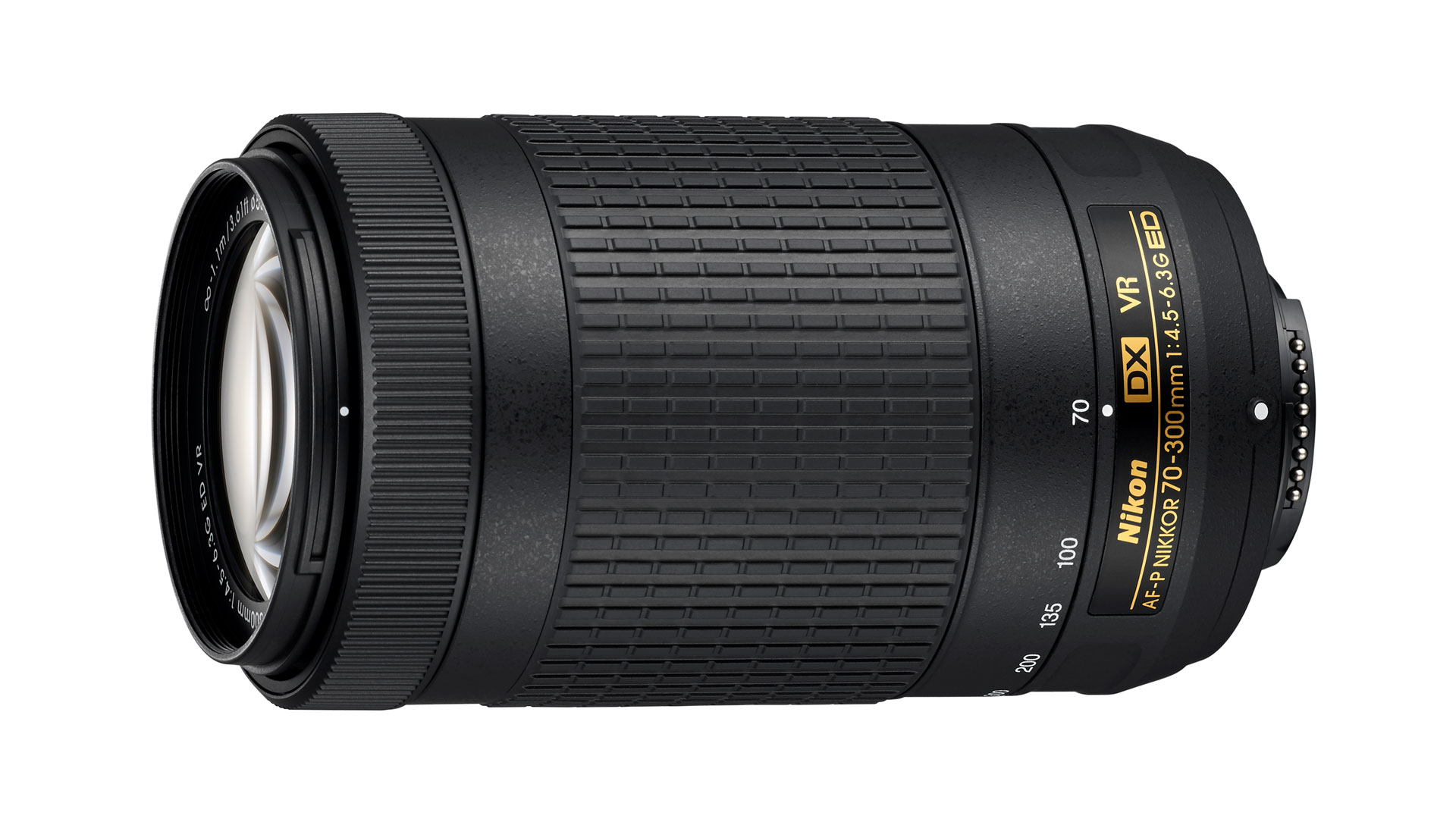
Specifications
Reasons to buy
Reasons to avoid
A big step up from other entry-level telephoto zoom lenses, this 70-300mm from Nikon combines great focusing, substantial Vibration Reduction, and extra low dispersion (ED) glass for clear images. Fast internal focusing means any attached filters won’t be spinning around at the end of the lens, so users using filters can set it and forget it when composing.
At 415g it may seem a little heavier than other Nikon DX lenses, especially if you’re not used to using telephotos, but it’s still reasonably light compared with full-frame options. A variable aperture range means zooming in to 300mm incurs a maximum aperture of f/6.3 which would ordinarily make it tricky to get decent exposures for sports and wildlife photography without extending shutter speed - but four stops of Vibration Reduction make short work of that issue.
Read more: Nikon AF-P DX 70-300mm f/4.5-6.3G ED VR review
Best super-telephoto lens for the D3500
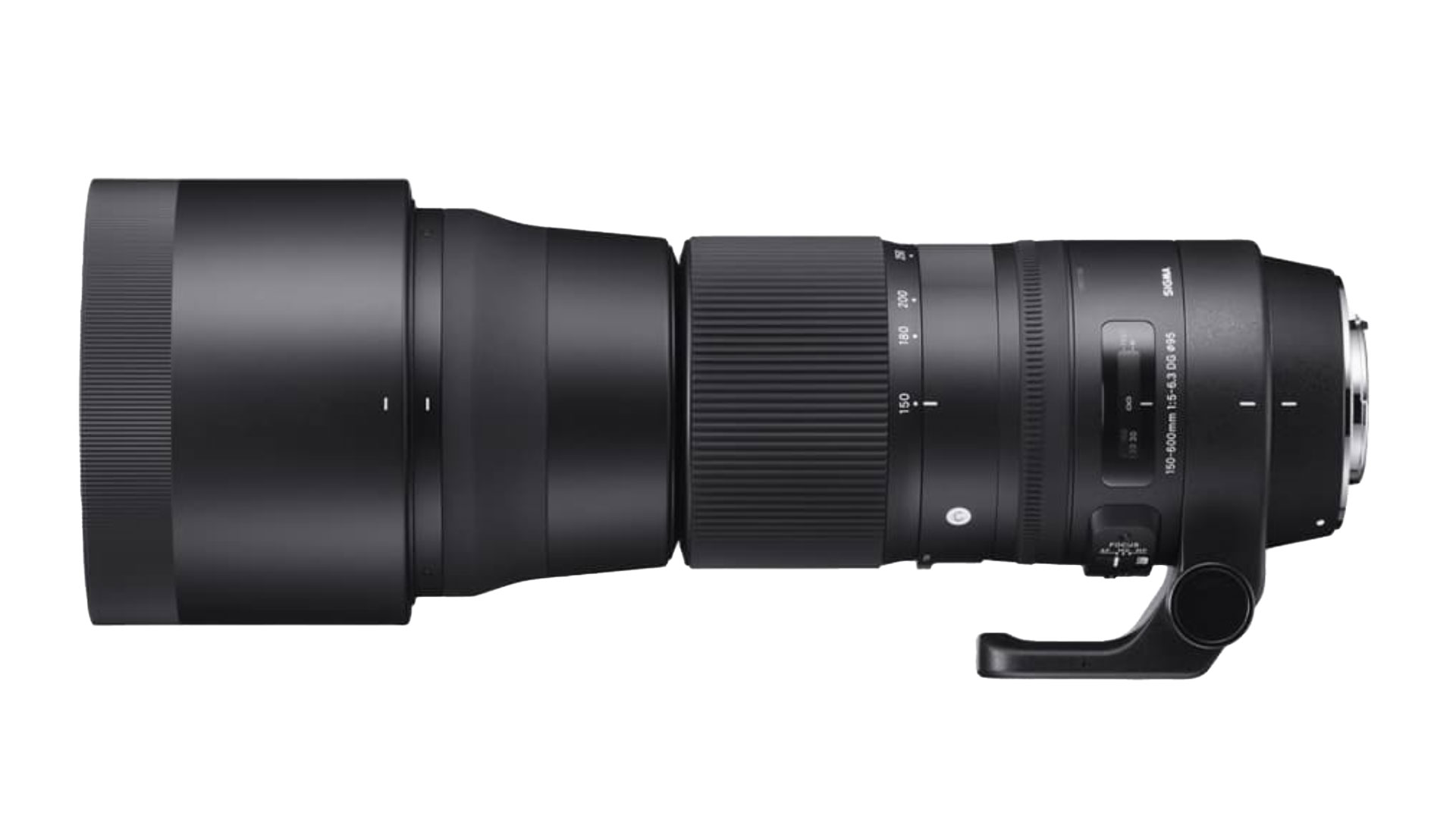
Specifications
Reasons to buy
Reasons to avoid
When you’re looking to shoot sports, wildlife or automotive photography, the standard kit lens just won’t cut it. Even the handy zoom range of the 70-300mm mentioned above still comes up a little short when far-away subjects need to fill the frame. However, Sigma’s Contemporary version of its 150-600mm zoom definitely extends capabilities substantially. On the D3500, the effective focal range is actually more like a whopping 225-900mm.
This is a big lens to put on the D3500, but for its type it's compact and surprisingly lightweight. It’s the perfect tool for bird photos or distant athletes on the pitch. Two stabilization modes make it easier to shoot and track moving subjects.
Read more: Sigma 150-600mm f/5-6.3 DG OS HSM Contemporary review
Best macro lens for the D3500
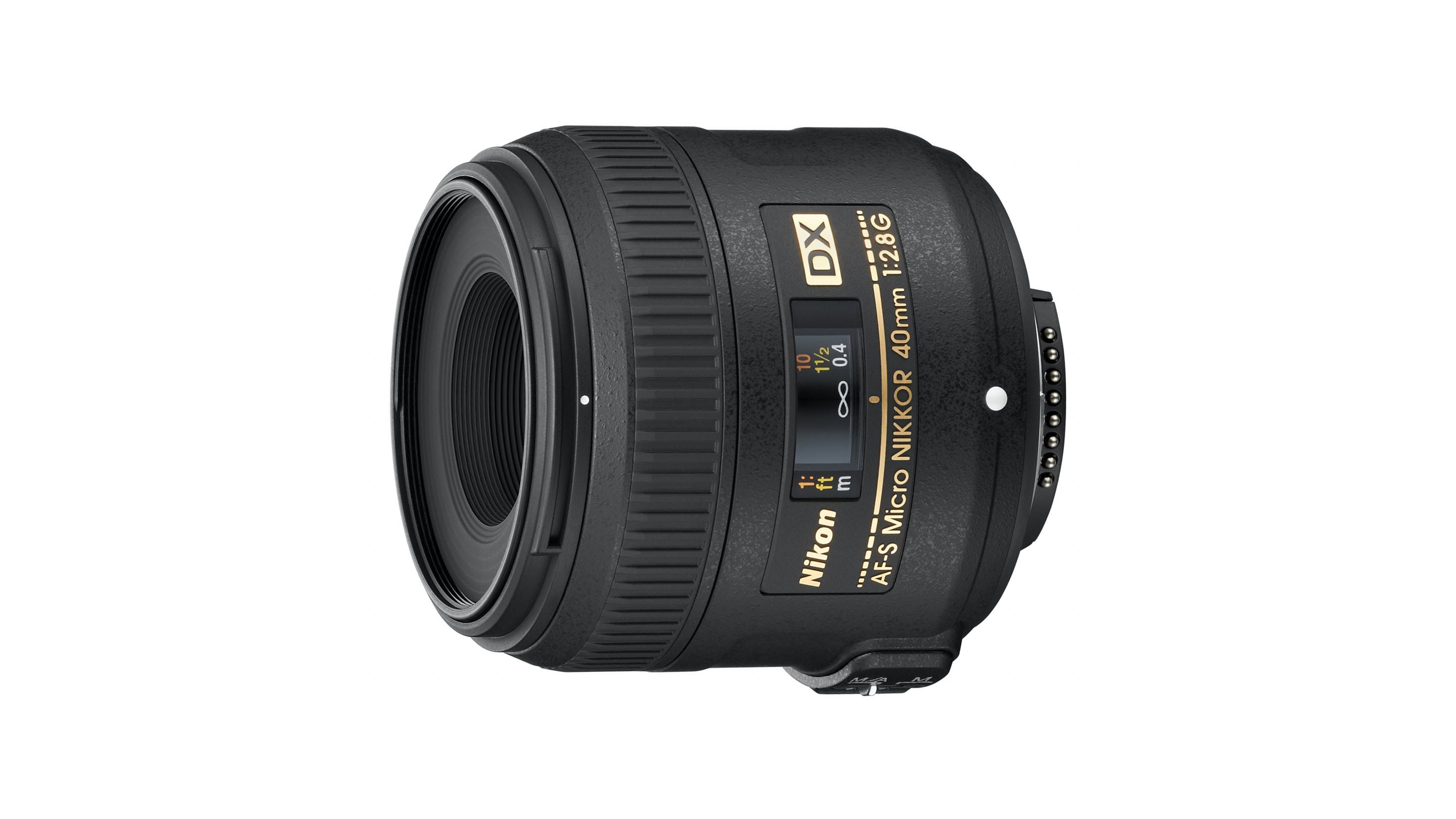
Specifications
Reasons to buy
Reasons to avoid
This little lens much smaller than a 'pro' macro lens like Nikon’s 105mm prime, so it takes up little space in your camera bag. The disadvantage of its shorter focal length is that you have to get very close to your subject while shooting macro, at least if you want the lifesize magnification of which this lens is capable.
With an equivalent focal length of 60mm on the D3500, it works nicely as a general shooting lens when you’re not photographing tiny subjects, with a reasonably fast aperture that can cope with failing light and still capture strong detail.
Read more: Nikon AF-S DX 40mm f/2.8G Micro review
Lab data and comparisons
The graphs below show the comparative performance of the lenses in this guide, based on our in-house lab tests. As is often the case, the prime lenses in this group lead the way for sharpness although the Sigma 150-600mm is particularly impressive for a zoom, especially for a super-telephoto zoom at that. Some lenses exhibit color fringing but this is taken care of with automatic correction in the D3500 and other recent Nikon DSLRs.
Scores for sharpness and color fringing are averaged from data taken across the entire image frame, from the center to the edges and corners, throughout the aperture range. For zoom lenses, the scores are also averaged from data measured at all marked focal lengths, and the same applies to distortion. Bear in mind that these average values don't fully reflect specific areas of performance. For example, a zoom lens might have noticeable barrel and pincushion distortion at its shortest and longest focal lengths respectively, which tends to average out when looking at the data overall. For more detailed graphs of each lens's performance, which give the full picture, check out the graphs in our full standalone lens reviews.
How to choose the best lens for the Nikon D3500
Which lenses fit the Nikon D3500?
The D3500 uses the Nikon F mount and is compatible with all lenses designed for that mount. Nikon’s own F-mount lenses typically have AF-P or AF-S at the start of their model names, which refer to the type of autofocus system they use.
Some F-mount lenses are designed for use with APS-C format DSLR cameras such as the D3500, rather than full-frame DSLRs. Nikon lenses that fall into this category have DX as part of their model names. These lenses are typically smaller, lighter and cheaper than the equivalents designed for full-frame cameras.
If you buy a DX lens and later upgrade to a full-frame Nikon DSLR, the image you get through the DX lens will be cropped compared with a full-frame lens.
In common with other Nikon DSLRs, the D3500 is not compatible with Z-mount lenses made for Nikon Z-series mirrorless cameras. But if you later upgrade to a Z-series camera, you can buy an adaptor to use your collection of F-mount lenses on your new camera.
How do I know which lens to get for my D3500?
The reason there are so many types of lens in the first place is that different scenes demand different lens designs, particularly when it comes to focal length and aperture rating.
Usually, you will decide what you want to photograph, then get a lens with the focal length that suits the situation. For example, to shoot landscapes you will need a wide-angle lens, while for sports and wildlife you will need a telephoto.
You can watch this video that explains focal length: it helps you work out what kind of lenses you need for different genres of photography.
How we test lenses
The lens experts in our testing lab run a range of tests under controlled conditions, using the Imatest Master testing suite. Photos of test charts are taken across the range of apertures and zooms (where available), then analyzed for sharpness, distortion and chromatic aberrations.
We use Imatest SFR (spatial frequency response) charts and analysis software to plot lens resolution at the centre of the image frame, corners and mid-point distances, across the range of aperture settings and, with zoom lenses, at four different focal lengths.
There's more to it than just the technical side, though! Beyond the lab, our reviewers test lenses in real-world environments – and sometimes on professional shoots! We work with lenses both indoors and outdoors, in studio conditions and in natural light, with as many different subjects as is possible (or appropriate – there's no point testing a landscape lens' ability to shoot a portrait!).
We take into account everything from handling and ease of use to speed of autofocus and the overall quality of the images produced.
Find out more about how we test and review on Digital Camera World
Get the Digital Camera World Newsletter
The best camera deals, reviews, product advice, and unmissable photography news, direct to your inbox!
Jase Parnell-Brookes is an award-winning photographer, educator and writer based in the UK. They won the Gold Prize award in the Nikon Photo Contest 2018/19 and was named Digital Photographer of the Year in 2014. After completing their Masters Jase has spent a good chunk of two decades studying and working in photography and optics shooting and writing all over the world for big-name brands and media outlets. Now the Channel Editor for Cameras and Skywatching at Space.com their speciality is in low light optics and camera systems.

